Many of us have shoes we have spent a lot of money on, and after a long time of usage, tears or problems such as warnings are not uncommon. Repairing a shoe can add to that expense; however, Shoe Goo and Contact Cement are two relatively cheaper repair options.
Besides being inexpensive options to fix your shoes, both have easy application procedures, so they can also be excellent DIY projects. Keep reading if you’re undecided between Shoe Goo vs. Contact Cement to repair your footwear.
We’ll go over what Shoe goo and Contact Cement are, their features, differences, and more.
Read More: Loctite Shoe Glue vs. Shoe Goo
Shoe Goo vs. Contact Cement
What is Shoe Goo?
Shoe Goo is a popular adhesive and sealant made for repairing shoes by Eclectic Products. Shoe goo is a type of Rubber Cement. However, the formula comprises Styrene-butadiene, Toluene, and Solvent naphtha.
You can compare shoe goo bonding to cement bonding, so if you’re using them to stick together separate pieces of sole, Shoe goo won’t just stick them together; it will create a robust and lasting bond between the components.
The consistency of Shoe goo makes it easy for non-professionals to work with it and gives you a repair window. Shoe goo is also water-resistant so that you can waterproof your shoes. Furthermore, you can also use Shoe Goo to repair small holes in your shoes.
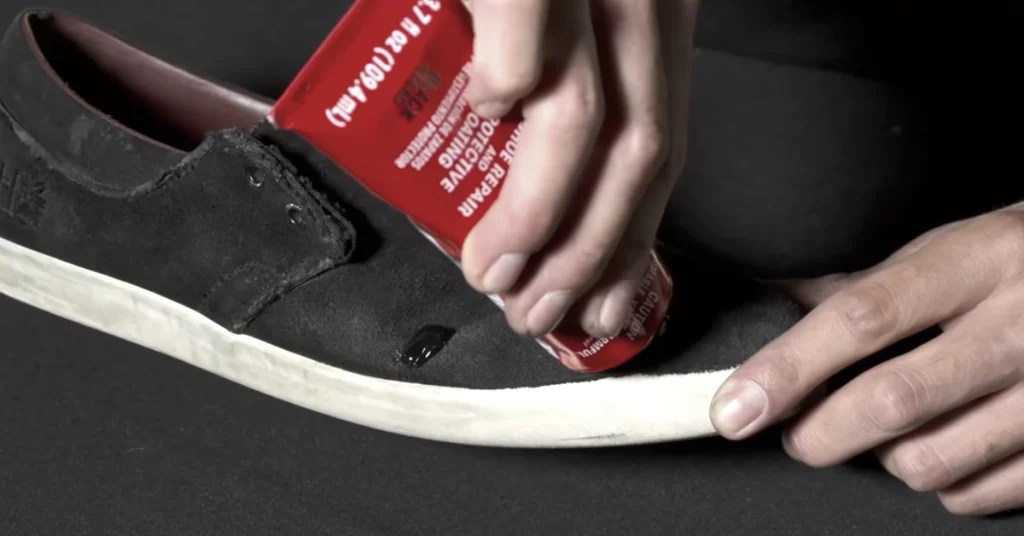
Read More: E6000 vs. Shoe Goo
What is Contact Cement?
Contact Cement is an adhesive that creates a bond between two surfaces on contact. It’s a neoprene, synthetic rubber adhesive that creates a permanent bond. Upon making contact, Contact cement restricts further movement.
Contact Cement is quick-drying and creates a permanent, long-lasting bond within minutes. Contact Cement is less water-resistant compared to Shoe goo.
Contact Cement are available in both solvent-based and water-based compounds so that you can choose either of them based on your needs.
You need to be precise while working with contact cement since it forms the bond between the surfaces almost instantaneously, leaving zero to no room for fixing if you mess up.
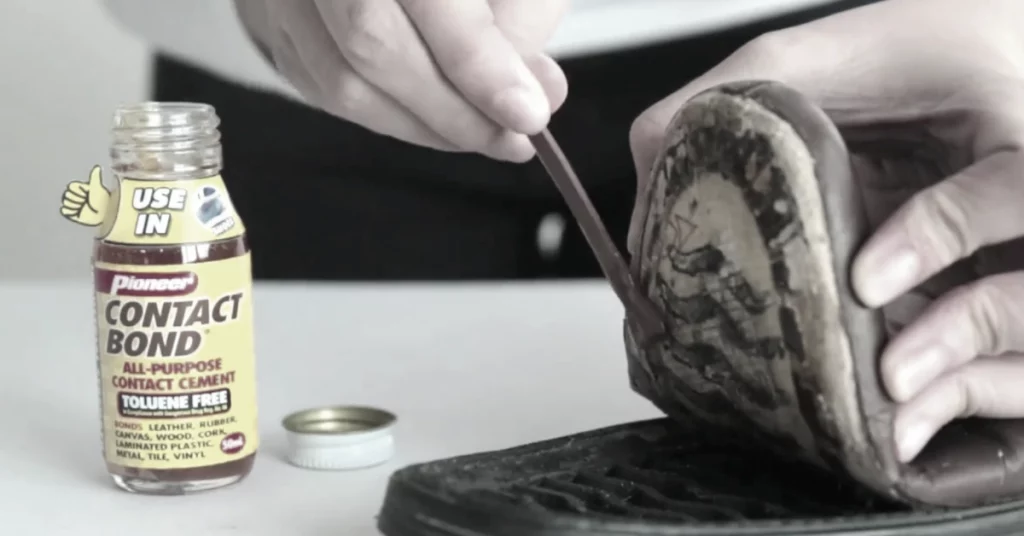
Read More: Barge Cement vs. Shoe Goo
Read More: Shoe Goo vs. Shoe Goo 2
Shoe Goo and Contact Cement Differences
Shoe Goo and Contact Cement let you repair your shoes, but they have more than a few differences. Let’s take a look at them-
Appropriate Materials to Use On
Contact Cement works best on plastics, veneers, rubber, and leather when it comes to shoes. Besides using them for Shoe contact Cement also has many more uses and is suitable for use with Glass or Metal.
On the other hand, Shoe Goo by Eclectic products is explicitly made for repairing shoes and works well with leather, vinyl, rubber, or canvas.
Drying Time
Contact Cement dries very fast compared to many other adhesives. Depending on the thickness and spread of the layers, you can expect Contact cement to dry from 5 to 15 minutes.
Shoe Goo will take several hours to dry off completely. Furthermore, once you have applied shoe goo, it is recommended that you leave your shoes undisturbed for 24 – 48 hours for a firm and rigid bonding.
Water Resistance
Contact Cement is relevantly less water-resistant compared to shoe goo. However, there are also unique variants of Contact cement (like the Du-Bro S-180) with better water resistance.
Shoe Goo is water-resistant, and you can use them for shoes you will be using in wet conditions without any worries.
Read More: Shoe Goo vs. Rubber Cement
Last Opinion
Contact Cement and Shoe Goo work similarly since they create permanent, long-lasting bonds between two surfaces. However, their manufacturing ingredients vary and, in turn, make some differences in how they work.
So, how do you decide between choosing Shoe Goo vs. Contact Cement?
Contact cement will be a better choice if you need to repair your shoes and then use them immediately and do not plan on using them in wet conditions.
On the other hand, if you plan to use your shoes in wet conditions and leave the boots undisturbed for a day or two after repairing them, Shoe Goo is your best bet.

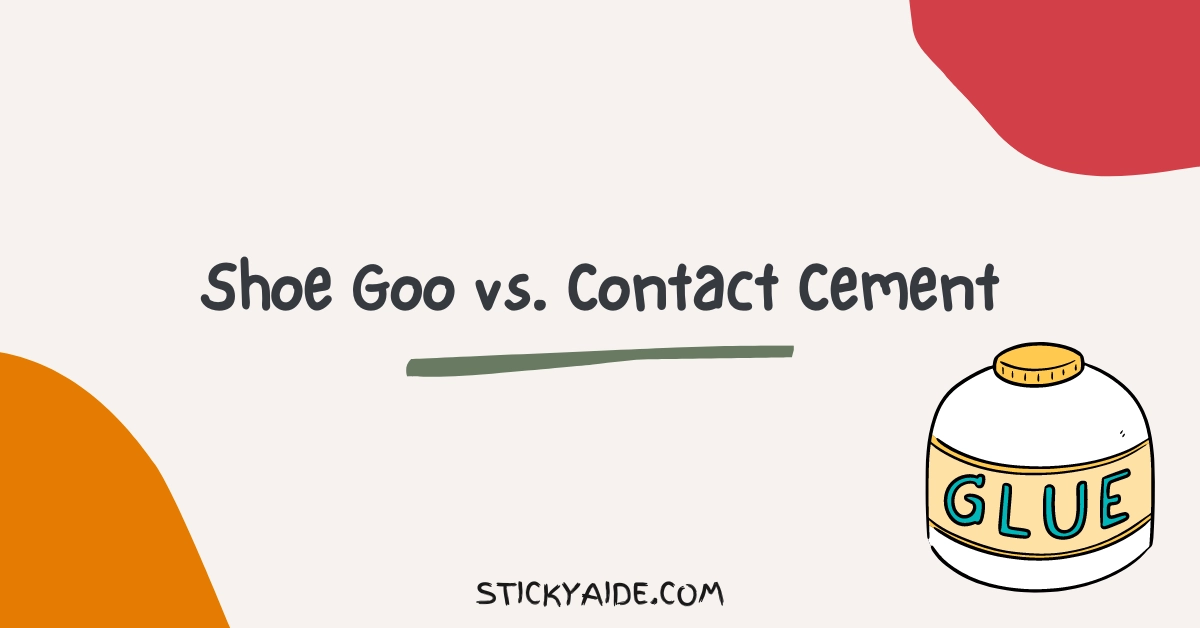
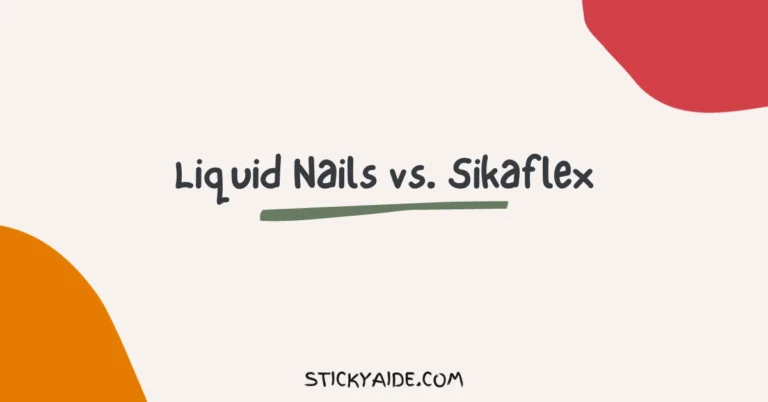
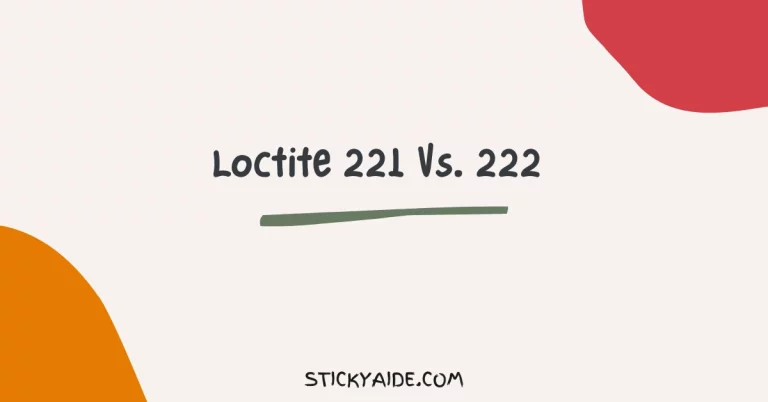
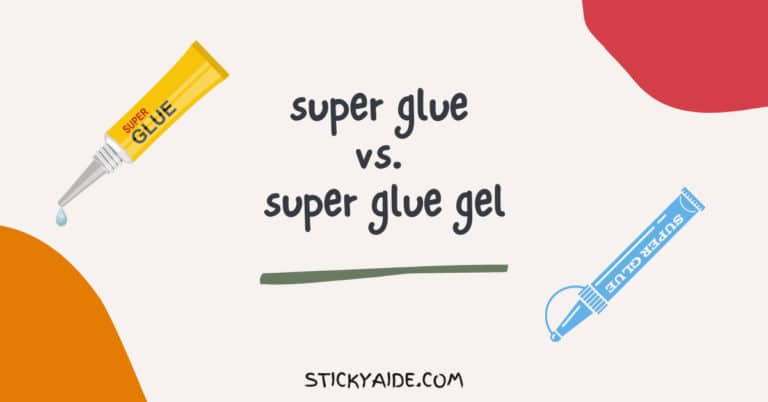
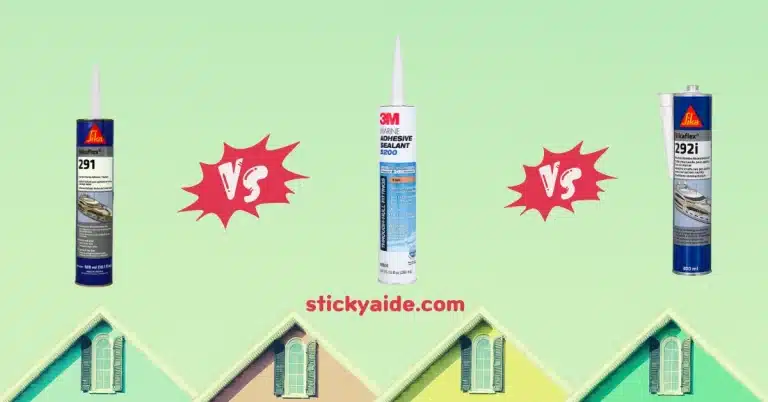
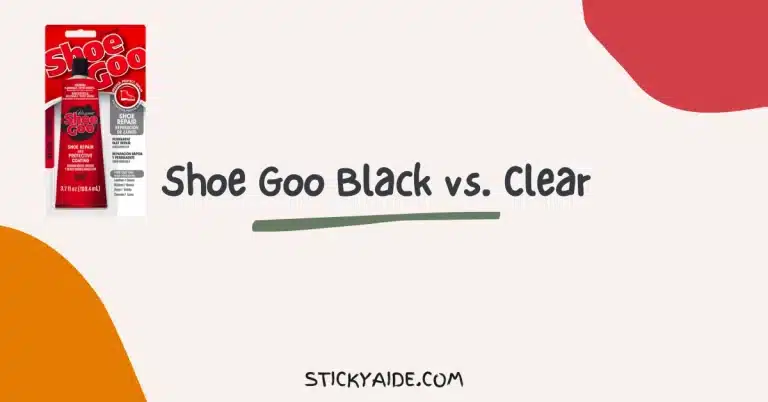
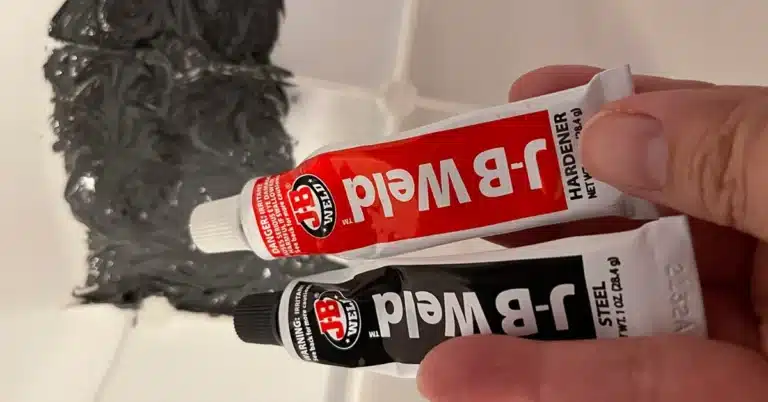
Omg the perfect article for my random rabbit hole interests!
Thank you for the insight!
Shoegoo FTW
Thank you for your kind words! I’m glad that the article was able to provide some insight into your interests. It’s always a pleasure to write about topics that can pique people’s curiosity and spark their imagination. I’m glad that I was able to provide some helpful information on the topic. Thanks again for reading!
This was so helpful!!! I love smart people with expertise who take the time to explain and help us choose the right product. Saves so much time a money!
Very gratefully appreciated!
Thank you !
Angela
You are welcome, Angela!